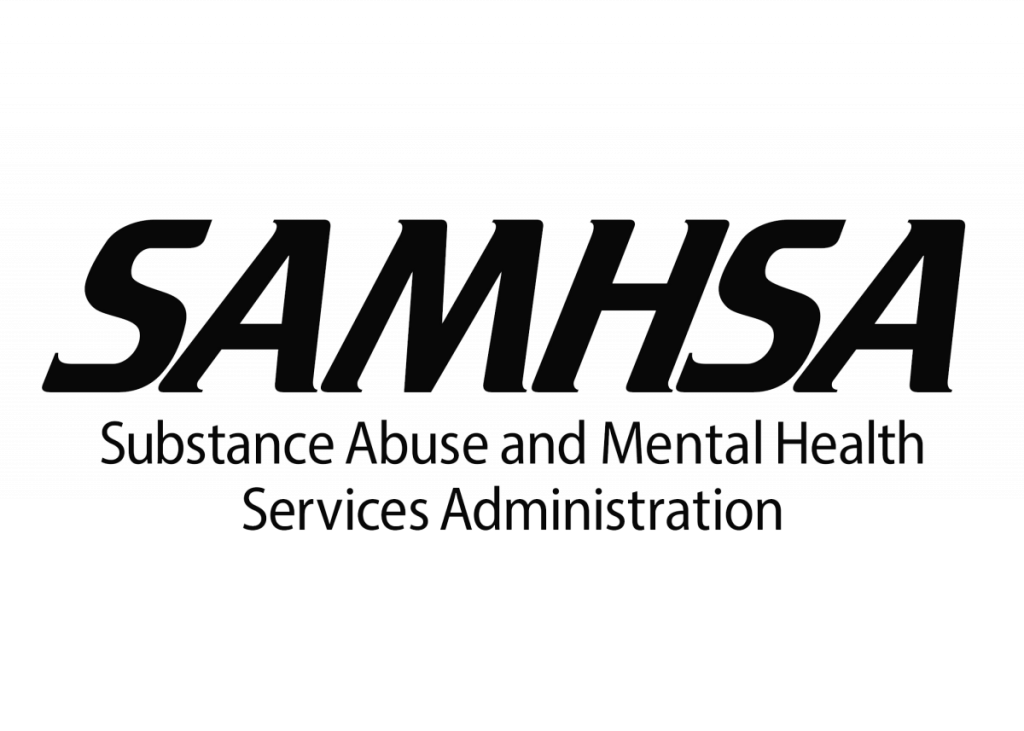Early life stress and adverse childhood events can affect the mental and physical health of children. Mental health for young children includes how they understand, express, and manage their feelings and how they create and sustain healthy relationships. Various stressors … Read More
COVID-19

Serving LGBTQIA2S+ Children in the Criminal Justice System
Increased Risks for LGBTQIA2S+ Youth Transgender and nonbinary youth experience higher rates of childhood sexual abuse than cisgender children (15-34 percent for transgender and nonbinary youth, compared to 4.8 percent of the general population). Furthermore, compared to their cisgender counterparts, … Read More

Innovative Uses of Technology to Enhance Access to Services Within the Crisis Continuum
Introduction Technology is ubiquitous, yet psychological, psychiatric, substance use, and public mental health engagement and treatments have historically been in-person and resource intensive and not hightech. The disruption of the COVID-19 pandemic catalyzed mental health providers to adopt technology to … Read More

Intersectionality: Faith, Mental Health, and Community Partnerships
INTRODUCTION Spirituality and religion are important aspects of the lives of many Americans. They have a protective effect on mental health and well-being. In most communities, faith leaders serve in positions of authority and are often called upon to address … Read More

Warm vs Harsh Parenting Alters Shape of Children’s Brains, Study Finds
The way you choose to parent your children may literally shape their brains, a new study by scientists in the U.S. and England has found. Neuroscientists tested the effect of warm parenting, compared to harsher styles—defined as responsive versus psychologically … Read More

The Impact of Chronic Underfunding on America’s Public Health System: Trends, Risks, and Recommendations
A strong public health system serves as a cornerstone of well-being and prosperity for the nation and the world. The foundation of such a system includes a focus on evidence-based interventions, an emphasis on prevention and health equity, and, critically, … Read More

KIDS IN CARE: Unaccompanied Children in Federal Government Custody
When established in 2003, the Office of Refugee Resettlement’s (ORR) Division of Unaccompanied Children’s Services cared for roughly 6,000 children in thirteen facilities. Twenty years later, ORR’s program has grown to over 240 facilities and programs spread across 23 states. … Read More

Pain in the Nation: The Epidemics of Alcohol, Drug, and Suicide Deaths 2024.
Special Feature: Polysubstance Use and Emerging Drug Overdose Trends. Introduction Over the past two decades, deaths from alcohol, drugs, and suicide in the United States have all increased alarmingly. This critical public health issue intertwines with several other concerning trends: … Read More

Families in Transition Report
Introduction Some 1.1 million K-12 students in the United States, a population roughly the size of San Diego, California, experienced homelessness in the 2020–21 school year (NCHE, 2021). Before the onset of the COVID-19 pandemic, nearly 18,000 students in Chicago … Read More

Data Snapshot Reveals Alarming Depression Rates Among Youth
OJJDP has updated its Statistical Briefing Book with a new Data Snapshot on major depressive episodes (MDE) among youth. The snapshot draws on data from the National Survey on Drug Use and Health. The data show one in five youth ages 12–17 experienced an MDE in … Read More

